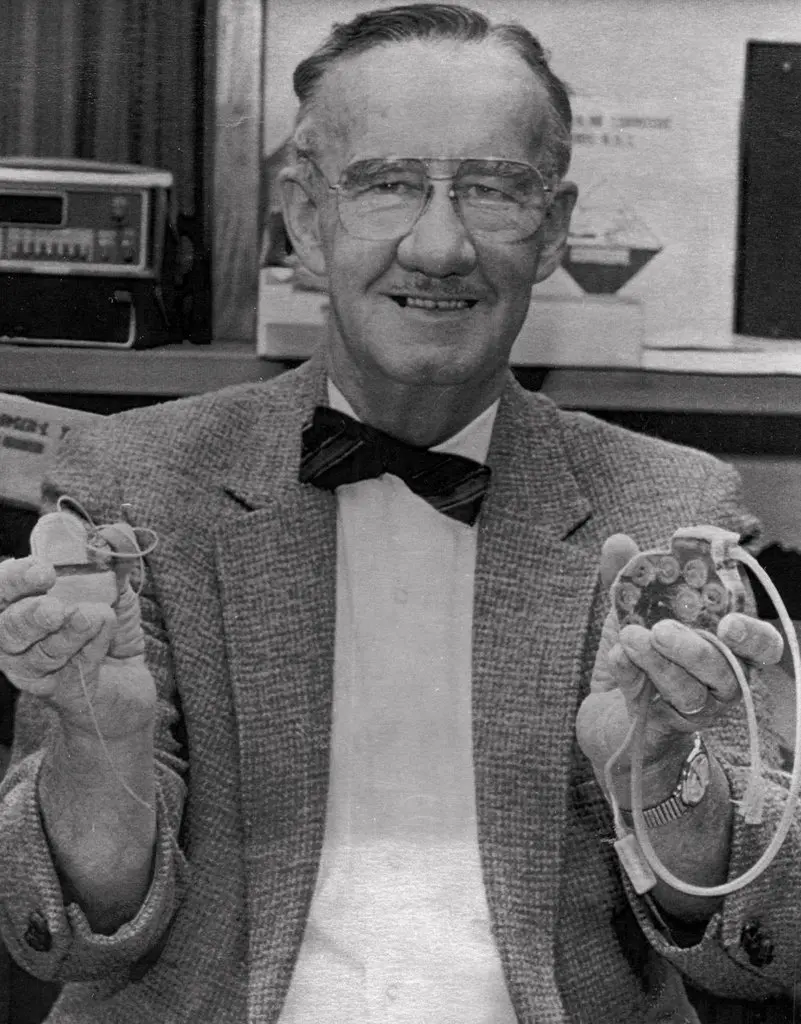An electronic device, it is of great use to those with difficulty in speaking. How does it work?
A speech generating device (SGD) is an electronic device that creates speech for those who have difficulty in speaking. Most SGDS are connected to a keyboard, eye sensor or other such keyboard input device that allows the user to select the words to be spoken. The user can enter words or phrases with or use a visual display with images to produce speech.
Digitally recorded human voices speaking actual words are stored in the device and played back upon selection. A variety of voices to match a users gender and age are available. Some SGDS also use computer generated speech similar to the ones used in automated telephone systems.
SGDS have certain advantages over sign boards or other communication methods. It enables a person with speech impairment to communicate through spoken words.
This means the user can easily draw the attention of someone at a distance or sitting in another room or even talk on the phone! SGDS are very effective for autistic children with limited speech ability. World renowned scientist Stephen Hawking used speech generating devices for years. He used to prepare his lectures at the Cambridge University in advance and deliver them using the SGD.
Picture Credit : Google


